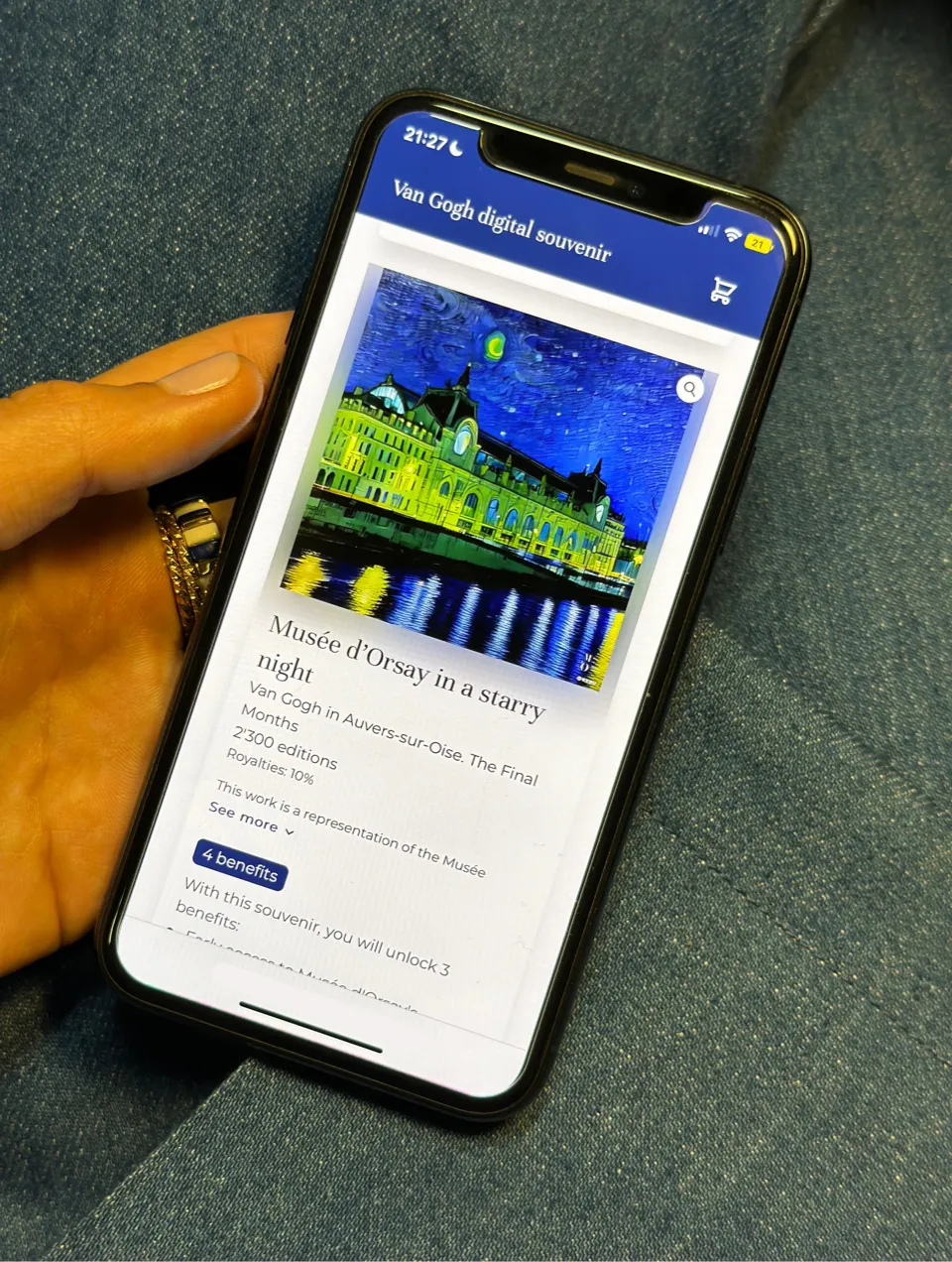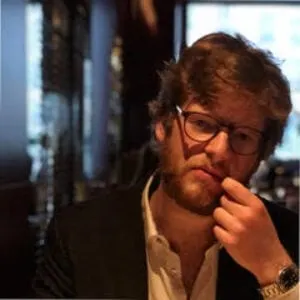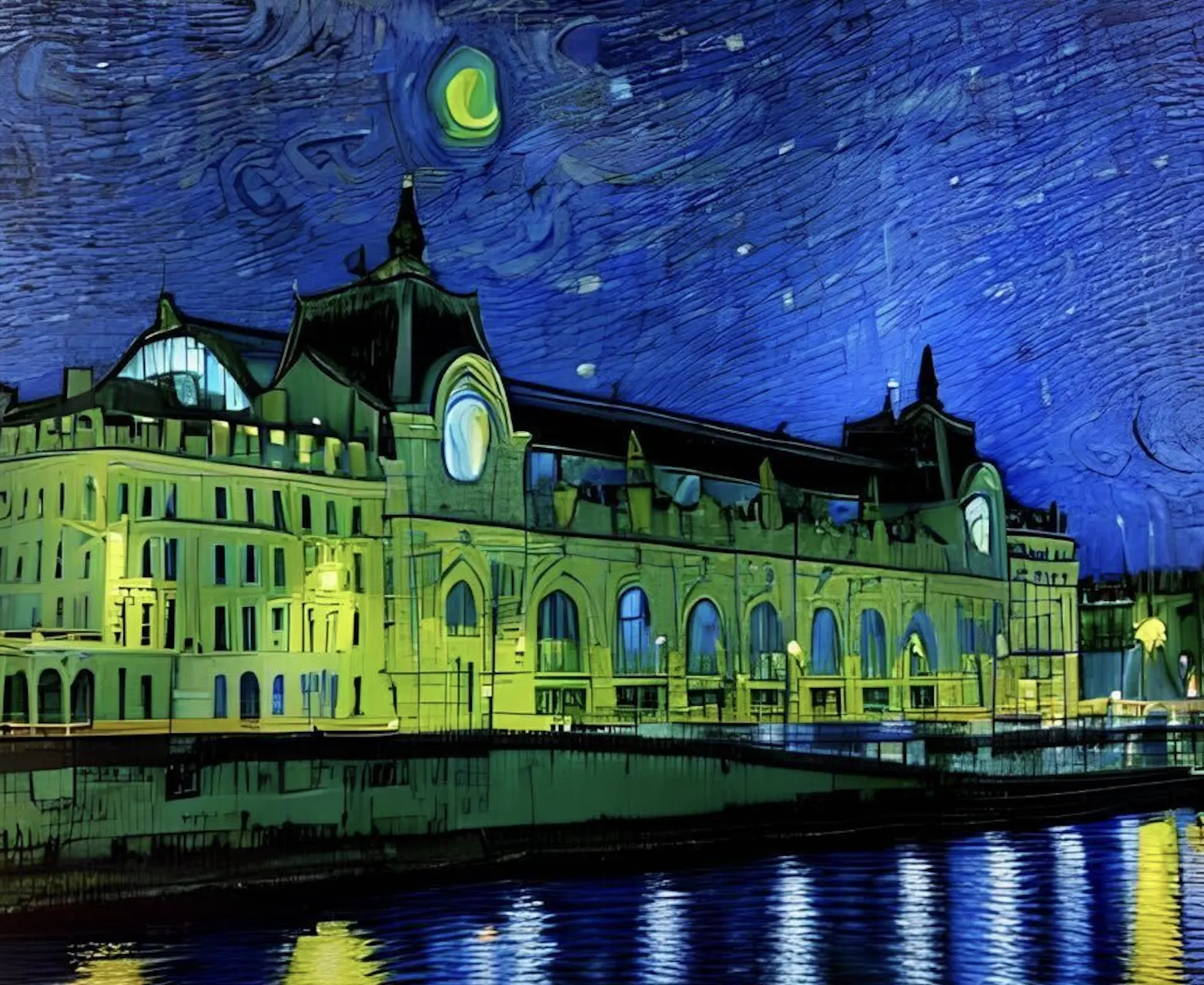It was 2021, and the Musée d’Orsay had a problem.
The Parisian museum, which boasts the largest collection of Impressionist and Post-Impressionist masterpieces in the world, was struggling to attract visitors amid the seesaw uncertainty of Covid lockdowns. Some museum staff felt assured that the French people’s commitment to cultural enlightenment would prevail, and museum attendance would soon return to pre-pandemic levels. But the doors were open—and huge crowds hadn’t turned up.
“French people came less, young people came less,” Guillaume Roux, the Orsay’s director of development, told Decrypt’s SCENE. “We realized that we would have to fight to gain back visitors we had lost.”
In October 2021, the museum gained a new president, Christophe Leribault, whose top priority immediately became opening the Orsay to the masses—in Roux’s words, “talking to everyone, even those who had never been to the museum or might never come.”
Leribault tasked an internal team with exploring NFTs and blockchain; the novel technology was sparking conversations across the art world, and the museum director wanted to find a way to harness it to attract new and younger audiences to the Orsay.
Nearly two years later, the fruits of that exploration have materialized: On Friday, the museum announced a year-long partnership with the Tezos Foundation to bring blockchain-backed artworks and on-chain digital artists into conversation with the museum’s collections and exhibitions.

To kick off the partnership, the museum will offer on-chain digital souvenirs to visitors of its upcoming exhibition, “Van Gogh in Auvers-sur-Oise: The Final Months,” which opens on October 3 and will explore works created by the renowned Dutch painter in the last two months of his life.
Starting next Tuesday, museum patrons and online collectors will be able to purchase two digital souvenirs affiliated with the exhibition: one, an augmented reality work depicting van Gogh’s final palette, the other, an original digital artwork inspired by van Gogh and crafted by KERU, a French blockchain culture project.
Both pieces will be minted on the Tezos blockchain, and will feature gamified elements offering holders the ability to win prizes including lifetime passes to the Orsay, and invitations to opening galas at the museum. A total of 2,300 NFTs of each variety will be made available for €20 each (about $21).

The Orsay and the Tezos Foundation will also collaborate over the next year on a series of conferences and educational programs aimed at exposing the museum’s audience to emerging technologies including the blockchain. Further, the museum plans to, beginning in early 2024, invite a number of digital artists who work on the blockchain to create NFT collections inspired by art pieces in the Orsay’s permanent collection. A similar program is currently running at the Los Angeles County Museum of Art (LACMA).
Valerie Whitacre, Head of Art at TriliTech, a London-based adoption hub for Tezos that collaborated with the Orsay to establish its blockchain-related initiatives, sees the museum’s new programs as perfectly in line with its deep connection to the Impressionist movement.
“The Musée d’Orsay has a long lineage of collecting artists that might not have otherwise been accepted by traditionalists,” Whitacre told Decrypt’s SCENE. “And there is a beautiful sentiment from the team there that experimenting with crypto art, experimenting with how one can engage audiences that are consuming art in a new way, relates to the overall history of the museum.”
Though the Orsay has rebounded to pre-pandemic tourism levels (the Monet-, Manet-, Degas-, and Gaugin-studded institution is currently the 10th-most visited museum in the world), its staff sees the pandemic-instigated push into foreign technologies as a silver lining.
“Today, it's not a question of the volume of people that we might bring to the museum,” the Orsay’s Roux said. “It's more a question of being a museum aware of its time, of being a museum that is talking to new generations.”
But despite the return of large crowds to the Orsay, some of the urgency that rocked the storied institution in 2021 remains.
“We are a 19th-century museum,” Roux continued. “If we do not launch initiatives to talk differently, to represent ourselves differently, we will end up an old museum of a very old century—very, very fast.”

